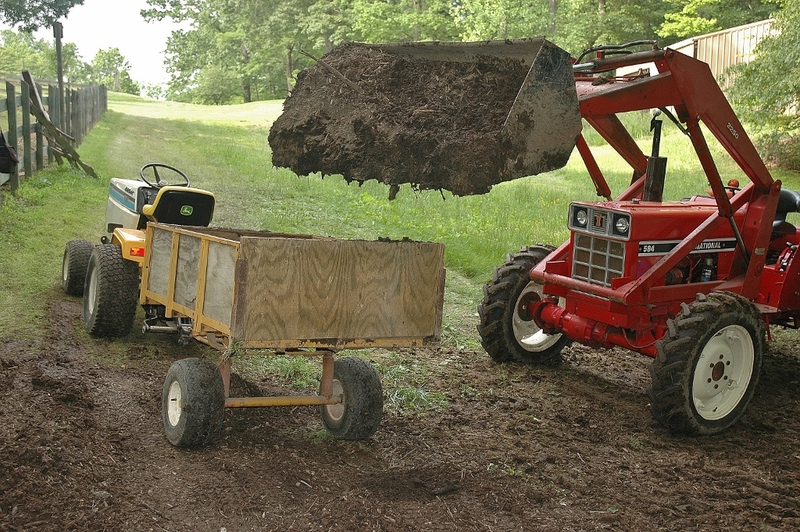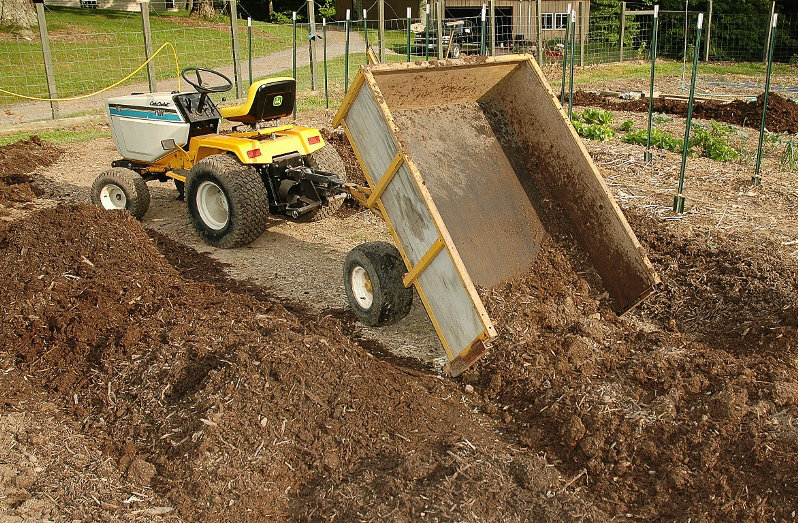this is just going around in circles.Carbon is carbon, nothing more or nothing less and I have never said otherwise. Even a diamond is carbon and will burn if it gets hot enough. As for getting angrier, try looking at yourself. I am not angry. I know the difference between charcoal, activated charcoal and biochar and they are all made from the same base carbon sources. For charcoal, the material is usually wood, but for biochar the source can be any organic material, even elephant poop. Biochar is made at higher temps than charcoal to preserve the internal structures of the product. This allows the biochar to uptake and hold more water and nutrients than charcoal. That is the only real difference between the two products. You can use either to fire your grill, or grow your garden, only for growing, biochar is better than regular charcoal.
As for not being made in the same process, that is exactly the point.
BTW this is why they used to teach basic science in school, so that folks wouldn't buy into some BS advertising ploy, and they might understand that big words like pyrolysis, just means we got it hot, and it produced its own heat.
Furthermore, since i've been waiting for you to actually look this up, Activated carbon is charcoal, that is sometimes ground or sifted, then SUPER heated, wayyyyyy above 900f of the pyrolysis stage, in a ZERO oxygen setting, which causes the pores of charcoal to open up, it is then exposed to other gasses such as argon, or Nitrogen, then SUPER HEATED to an even higher temp in a zero 02 environment. becoming a better filter media in that it catches and holds, without releasing btw. Which is why it makes a skookum filter media.
You can not make activated carbon in one step you first have to cook off the volitiles before super heating, because then you would essentially have a super heated bomb waiting to go off. As to maintain a ZERO 02 setting, it has to be virtually sealed, not a loose fitting lid, or hole punched in the lid to let gasses out, as there shouldn't be any gasses to let out.
And I repeat, Cannister Charcoal, is no different then the stuff left over from a fire, both are created at relatively low temps and a LOW oxygen setting, they burn the same and will do the same job when used as a soil supplement, this is scientific fact, claiming it has to be done a certain way is just marketing wank and a ****ing lie.
I skipped over the wood gasifier as thats just a whole nother argument, does it create charcoal, yes, do you need a canister within a canister no, is it more efficient if you do, maybe. Really all you need is a can full of ANY ORGANIC MATERIAL that is sealed except a pipe that is fed into some sort of combustion apparatus, and an outside heat source, the organic materiel gives off volatile gasses, those gasses are fed into said aperatus where they are lit and produce some sort of secondary function, the "waste" of Gasification, becomes charcoal, its not magic, in fact the ******* Nazis tried to extend WWII using wood and coal gasification to produce a diesel substitute... its not very efficient though, and they still lost the war.









